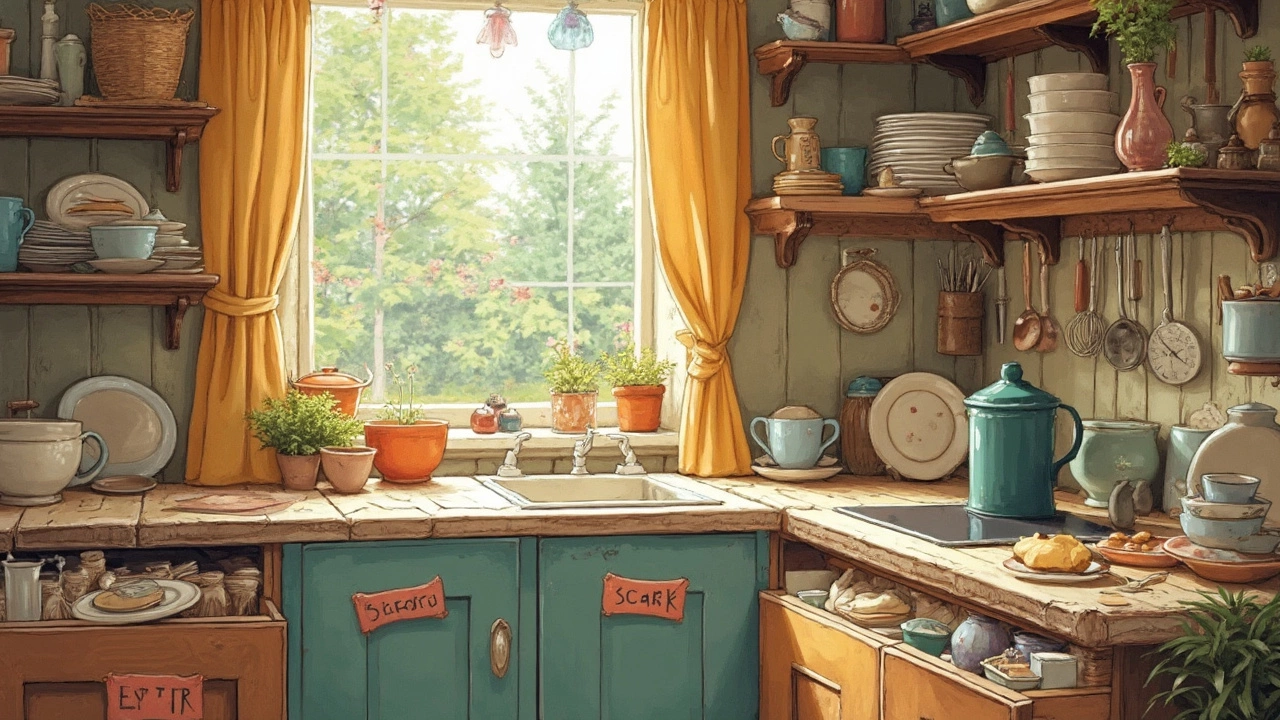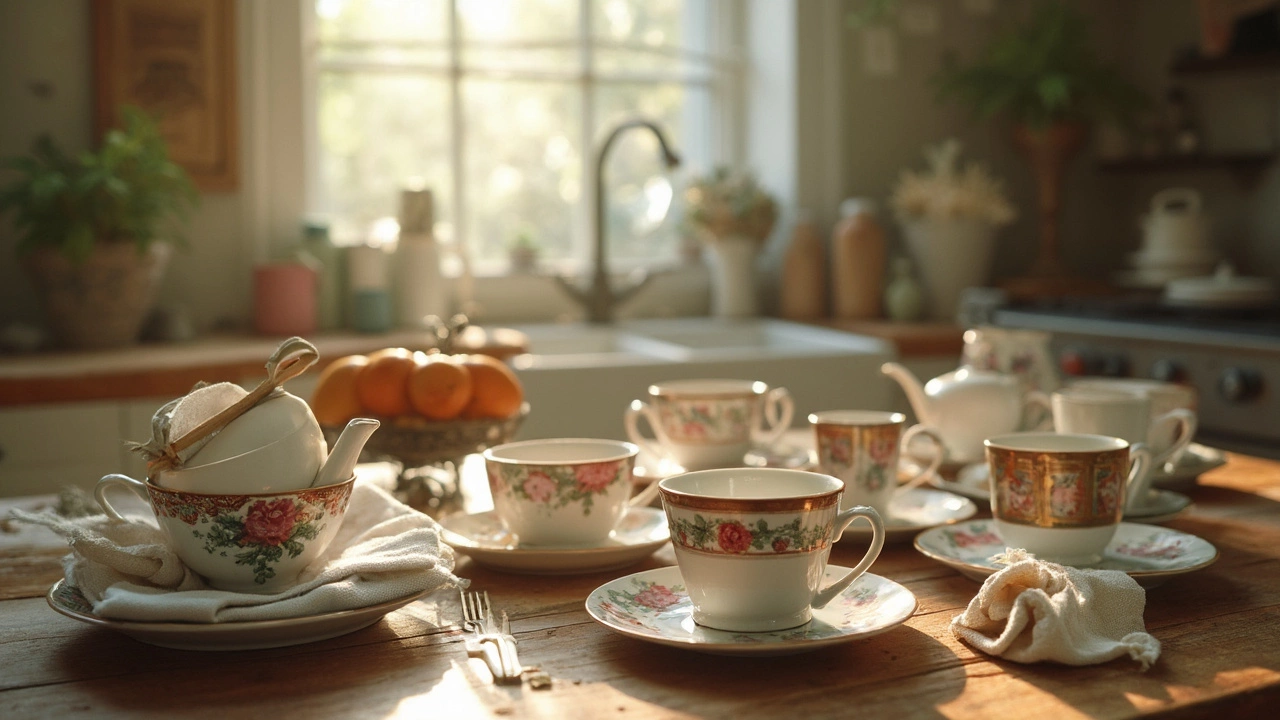Eco-Friendly Tableware: Sustainable Choices for Your Home
When you set the table, it’s easy to focus on looks and forget the impact of the dishes you use. Switching to eco‑friendly tableware lets you enjoy meals while cutting waste and supporting greener production. At Eco Harmony Home we’ve gathered the basics so you can pick pieces that feel good, look great, and last long.
Why Choose Eco‑Friendly Tableware?
Traditional plates and cups are often made from petroleum‑based plastics or from energy‑heavy ceramics. Those materials can sit in landfill for centuries. Eco‑friendly options use renewable resources, recycled content, or biodegradable fibers, which means less carbon for each item you buy. Plus, many greener pieces are lighter, so shipping uses less fuel – a small win that adds up.
Top Materials & Products
Not all green tableware is created equal. Here are the most common materials you’ll see and why they matter.
Bamboo – Bamboo grows fast and needs little water, so it makes a strong, lightweight alternative for plates, bowls, and cutlery. Look for bamboo that’s been treated without harsh chemicals; a natural finish will feel smooth and won’t leach anything into food.
Wheat‑straw fiber – This is a by‑product of grain farming, turned into sturdy kitchenware. It’s compostable at home and often blended with plant‑based resins for extra durability. Wheat‑straw dishes handle hot foods well and break down in a few months if you toss them in a compost bin.
Recycled glass – Using post‑consumer glass reduces the need for raw sand and saves energy. Recycled glass plates and serving trays are dishwasher safe and give a sleek, modern look. Check for ‘100% recycled’ labels to be sure you’re getting the full benefit.
Plant‑based melamine alternatives – Some manufacturers replace petroleum‑based melamine with corn‑based polymers. These pieces feel like traditional melamine—light and break‑resistant—but have a lower carbon footprint. Just avoid microwaving them unless the label says it’s safe.
When you shop, keep an eye out for certifications like USDA Organic, FSC (for wood‑based items), or the European Union’s Ecolabel. Those marks prove the product meets strict environmental standards.
Proper care extends the life of your eco tableware. Hand‑wash bamboo and wheat‑straw items with mild soap; most recycled glass pieces are fine in the dishwasher. Avoid abrasive sponges that can scratch surfaces, and store plates upright to prevent chips.
Ready to upgrade your kitchen? Browse Eco Harmony Home’s tableware collection and filter by material, compostability, or recycled content. You’ll find sets that match any style, from minimalist white to earthy textures, all while keeping your carbon footprint low.
-

Plates and Utensils: What’s Another Name for These Kitchen Basics?
Ever wondered what else you can call those plates and forks in your kitchen drawer? This article breaks down all the common and not-so-common names for everyday kitchenware. You’ll find out why the terms matter and how to use them right whether you're shopping or just tidying up at home. Plus, there are some fun facts and simple tips for keeping your collection organized and in good shape. Perfect for anyone looking to level up their kitchen knowledge.
-

Understanding Kitchen Vocab: Cups, Napkins, and More
Have you ever wondered what to call those everyday items in your kitchen like cups and napkins? In this article, we explore the world of kitchenware, unveiling the names and purposes of items we often take for granted. From the history of the humble cup to the best materials for napkins, get ready to dive into practical tips for choosing the right kitchen essentials. This guide aims to make your kitchen life simpler and more organized.
